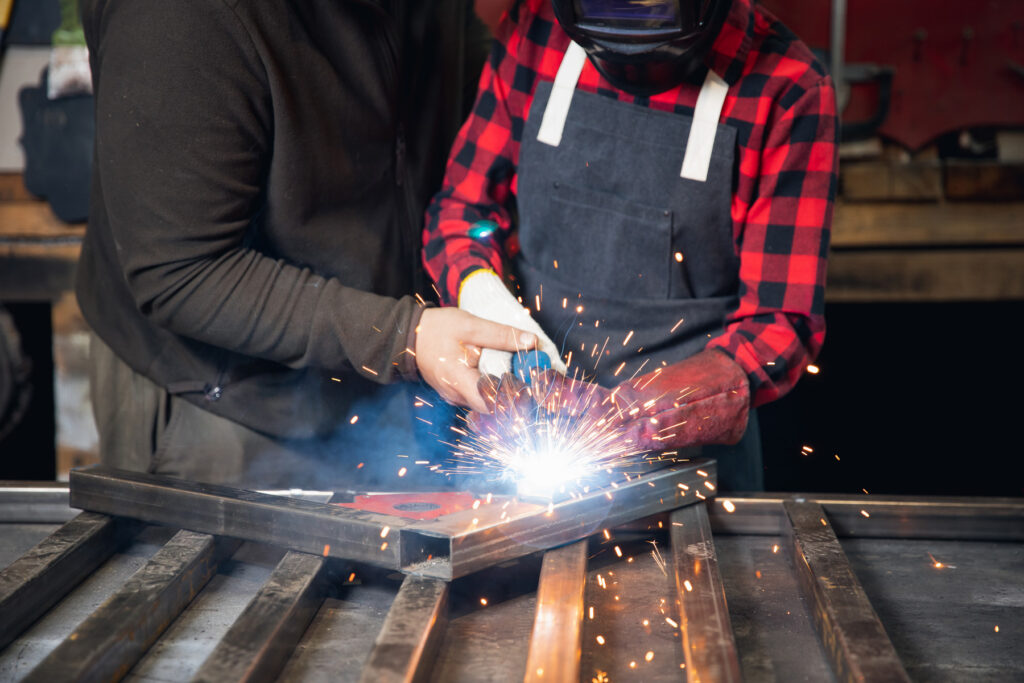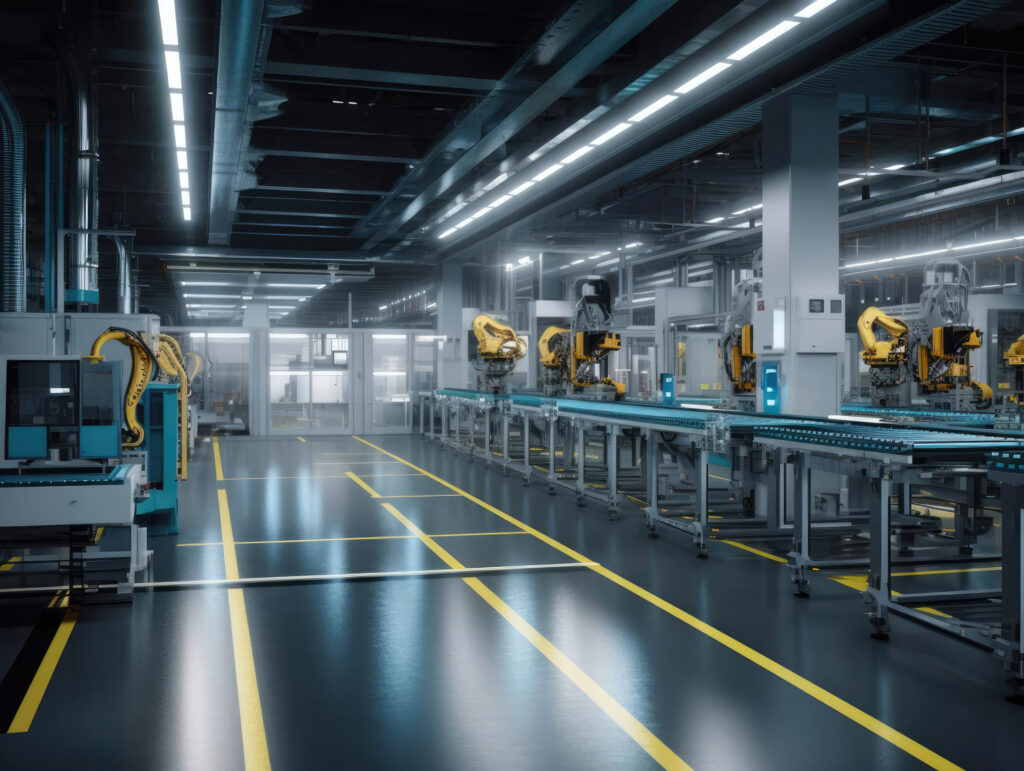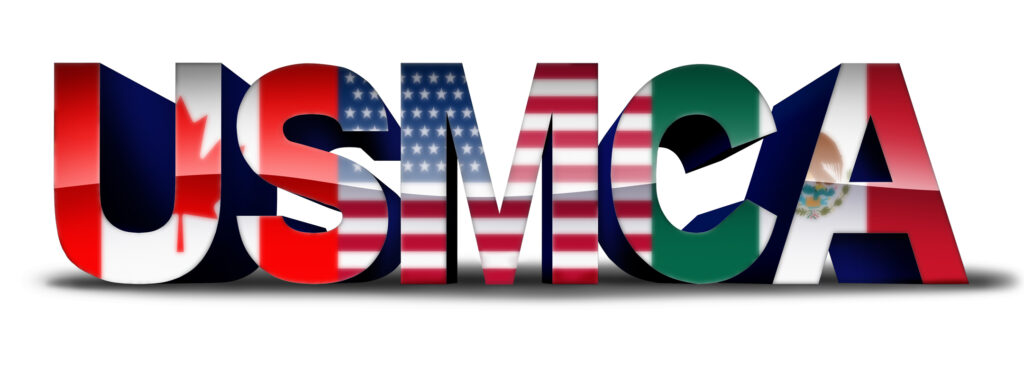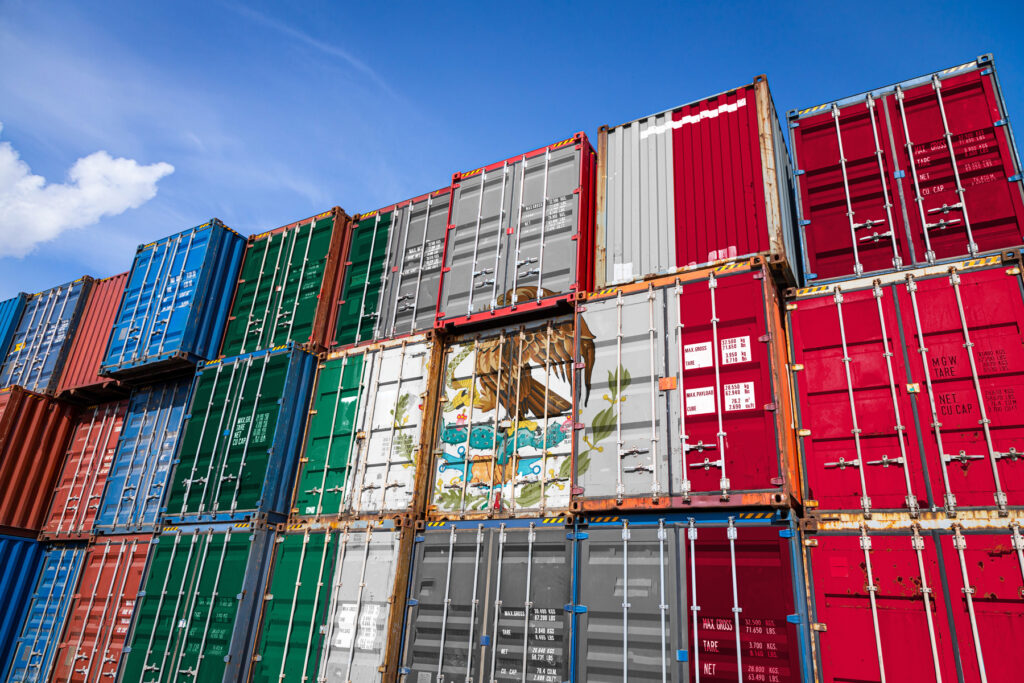In recent years, a relatively new industry has grown up in Mexico. The country has emerged over the past decade as a bustling hub for the medtech and life sciences industries, generating remarkable growth and attracting significant investor attention globally.
With its booming life science tools market and a strong presence in the medical device industry, Mexico is becoming a leader in both importing and exporting medical devices. This is nowhere more obvious than in the region of Baja California, particularly the vibrant city of Tijuana, which have become known for their prominent medtech manufacturing hub and popularity among leading industry companies.
What Is Medtech and Life Sciences?
Medtech is just a shortened form of the term, medical technology. This industry involves the development and application of medical devices and technologies used in healthcare. It ranges from simple instruments like thermometers to complex devices such as robotic surgical systems. Essentially medtech aims to improve patient outcomes and enhance medical procedures.
Life sciences, on the other hand, encompasses the study of living organisms, including biology, genetics, and pharmaceuticals. It explores the understanding of life and the development of therapies to prevent, diagnose, and cure diseases.
Medtech and life sciences are interconnected and growing fields. Medical technologies rely on scientific research and knowledge from the life sciences. And the collaboration between these sectors leads to innovative medical devices and groundbreaking drugs and therapies. Combined, the medtech and life sciences industries drive progress in healthcare by combining scientific expertise, engineering skills, and manufacturing capabilities, effectively revolutionizing They revolutionize medical treatments and patient care.
Mexico’s Popularity Among Medtech and Life Sciences Industries
In recent years, Mexico has become a bustling hub for the medtech and life sciences industries, witnessing remarkable growth and attracting significant attention. The life science tools market, in particular, has seen a boom of sorts in recent years. And this has served as a catalyst for innovation and advancement in medical technology. As Mexico continues to invest in these industries, it’s paving the way for a future in which cutting-edge healthcare solutions become more accessible to people worldwide.
One area within this field Mexico is particularly strong in is the medical device industry. Mexico has emerged as a leader in both importing and exporting medical devices. As the 7th largest medical devices exporter in the world and 2nd largest in Latin America, the country boasts a substantial industry hub, focused primarily in Baja California. Major global leaders in the medical industry are invest heavily in this region – from Medtronic to Johnson & Johnson to GE Medical Systems.
- Mexico’s medical device industry is the second-largest in Latin America, with a market value of $7.4 billion in 2020.
- The country is a major exporter of medical devices, supplying products to over 70 countries around the world.
- Mexico’s medical device industry has been growing at an average annual rate of 12% in recent years, surpassing the global average growth rate.
- Mexico is home to over 2,800 medical device manufacturing companies.
- The medical device industry in Mexico employs over 180,000 people, highlighting its significant contribution to employment opportunities.
Industry Hub in Tijuana
Baja California and its vibrant city, Tijuana, have emerged within Mexico as a thriving epicenter for the medtech and life sciences industries, grabbing the attention of industry leaders and investors alike. This Mexican border city has been making headlines with its notable achievements and promising projects, leaving no doubt about its significance in this rapidly evolving sector.
- Tijuana, located in Baja California, is a prominent medtech manufacturing hub in Mexico, hosting around 70 medical device manufacturing companies.
- The medtech industry in Baja California employs approximately 55,000 people.
- Baja California offers a conducive ecosystem for research, development, and manufacturing, with collaborative initiatives between academia, industry, and government entities.
One stellar example of Tijuana’s growing prominence is the recent inauguration late last year of a state-of-the-art medication management manufacturing facility by BD, a global medical technology company. This $38.6 million USD investment highlights Tijuana’s appeal as an ideal location for companies seeking to establish manufacturing operations and capitalize on Mexico’s manufacturing prowess. The facility’s cutting-edge capabilities further solidify Tijuana’s reputation as a hotspot for medtech innovation.
Tijuana’s rise as a medtech manufacturing powerhouse is not an isolated occurrence but a reflection of the broader trend in Baja California. The region’s medical industry has been experiencing robust growth, with a flourishing ecosystem that nurtures research, development, and manufacturing activities. This growth is driven by factors like proximity to the United States, a skilled labor force, favorable business conditions, and a supportive regulatory environment.
The medtech and life sciences landscape in Baja California extends beyond manufacturing. The region is also home to numerous research institutions, universities, and medical facilities that actively contribute to advancements in healthcare and technology. Collaborative initiatives between academia, industry, and government entities foster an environment conducive to innovation and attract talent from around the world.
Going Forward
Mexico’s medtech and life sciences industries are experiencing a remarkable boom, and Baja California, with Tijuana at its helm, is at the forefront of this dynamic growth. The Baja California/Tijuana region has particular appeal due, owing to its focus on research, development, and manufacturing, supported by collaborative initiatives between academia, industry, and government entities.
But Tijuana’s rise as a medtech manufacturing powerhouse reflects the broader trend in Baja California and Mexico as a whole. The country has been experiencing robust growth in the medtech and life sciences industries for years. With such proximity to the United States, a highly skilled labor force, and a pro-business regulatory framework, Mexico continues to attract industry leaders and investors. The country will likely remain a major factor in this space for years to come.










